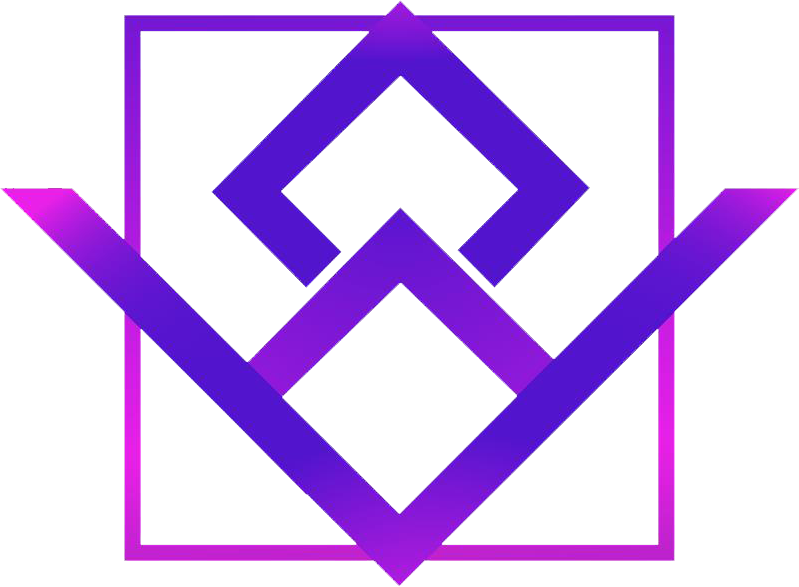Introduction: Resource augmentation has evolved from a stopgap staffing solution into a strategic growth engine. In 2025, global companies are increasingly relying on hybrid teams and on-demand tech talent to achieve agility, scalability, and cost-efficiency in a volatile economy. This blog explores how resource augmentation is being leveraged in 2025 and how businesses can implement it for long-term success.
- What is Resource Augmentation in 2025? Resource augmentation is the practice of extending your internal team with skilled external professionals to bridge capability or capacity gaps. Unlike traditional outsourcing, it gives businesses full control over project direction while maintaining team flexibility.
Key Differences vs Outsourcing:
- Full management by the client
- Seamless integration with in-house teams
- Greater visibility and accountability
- Why It’s a Strategic Imperative Now In 2025, factors such as economic uncertainty, talent shortages, and the speed of digital transformation make resource augmentation a competitive advantage.
Key Drivers:
- Global tech talent gap
- Hybrid and remote work models
- Need for faster delivery cycles
- Benefits of Resource Augmentation
- Scalability: Quickly scale teams up or down based on project demand
- Cost Savings: Avoid long-term hiring costs and HR overheads
- Access to Niche Expertise: Hire cloud architects, AI specialists, or blockchain developers when needed
- Increased Delivery Speed: Reduce time-to-market with more developers on deck
- Common Use Cases
- Building MVPs or launching digital products
- Expanding internal dev teams during critical sprints
- Short-term niche roles (e.g., DevOps, security testing)
- Digital transformation and cloud migration
- Trends in Staff Augmentation Models
- Cross-border Teaming: Companies are hiring across borders with better tools for compliance and payroll
- AI-Matched Talent: AI tools match the right talent with the right project within minutes
- Embedded Developers: Augmented staff are now integrated using unified platforms like Slack, Jira, and GitHub
- Best Practices to Implement Resource Augmentation Successfully
- Define clear project scope and responsibilities
- Onboard external resources like internal hires
- Use secure collaboration tools
- Schedule regular performance reviews
- Tools That Power Remote Collaboration
- Slack, Zoom, Notion – Communication
- GitLab, Bitbucket – Code collaboration
- ClickUp, Jira – Task and sprint management
- Loom, Figma – Design and walkthroughs
Conclusion Resource augmentation in 2025 isn’t just about filling roles… it’s about forming adaptive, scalable, high-performance teams. Whether you’re a startup or an enterprise, adopting a modern augmentation strategy can unlock innovation and resilience in an ever-evolving tech landscape.









